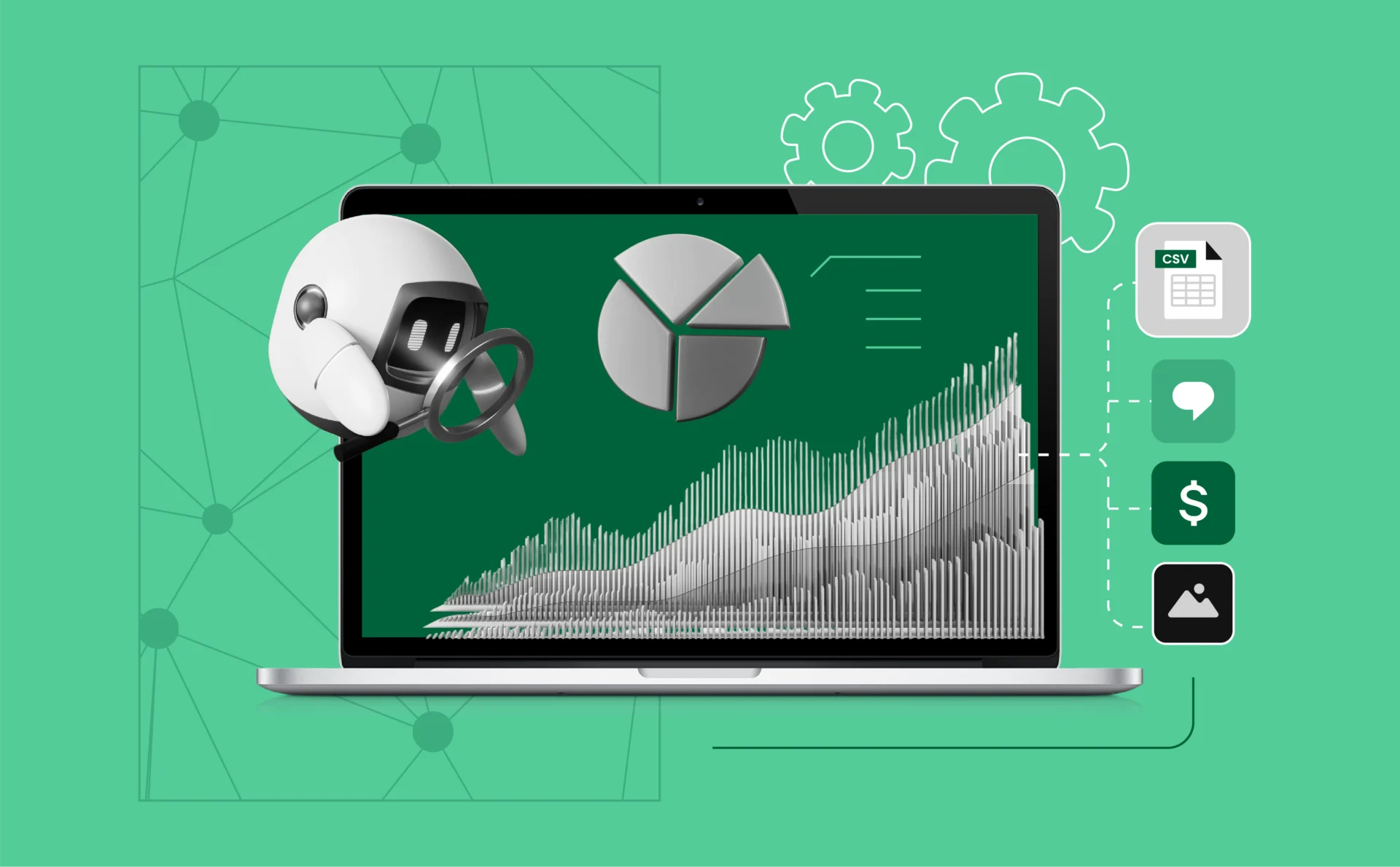
Artificial Intelligence Mining: 7 Ways AI is Revolutionizing Data Extraction
In today’s data-driven world, artificial intelligence (AI) has become a game-changer in how businesses extract, process, and use information. Artificial intelligence mining, a subfield of AI, is revolutionizing data extraction by automating processes, improving accuracy, and providing deep insights at an unprecedented scale. This advancement allows businesses to make data-backed decisions faster and more efficiently than ever before.
In this article, we’ll explore seven ways AI is transforming data extraction and why it is essential for modern enterprises looking to stay ahead of the competition.
1. Automating Large-Scale Data Collection
Traditional data mining methods required significant manual effort to collect, clean, and organize information. AI-powered web scraping tools and bots can now automate this entire process, extracting valuable data from multiple sources in real-time. These tools use machine learning algorithms to recognize patterns, bypass CAPTCHA verifications, and guarantee compliance with web policies.
For businesses involved in market research, price monitoring, and competitive analysis, AI-driven automation reduces human labor, increases speed, and enhances accuracy.
2. Enhancing Data Accuracy with Machine Learning
AI-powered natural language processing (NLP) and machine learning (ML) algorithms can analyze large volumes of structured and unstructured data while minimizing errors. Unlike traditional data extraction methods, which often involve human intervention, AI can automatically validate and clean data, reducing inconsistencies and ensuring high-quality outputs.
For example, AI-powered data deduplication techniques identify redundant or incorrect entries, preventing misleading insights. This is especially useful in industries such as finance, healthcare, and e-commerce, where accuracy is critical.
3. Speeding Up Data Processing and Analysis
One of AI’s greatest strengths is its ability to process massive datasets within seconds. AI-driven data extraction tools use advanced computational techniques, such as deep learning and neural networks, to analyze data quickly and efficiently. This enables businesses to identify trends, detect anomalies, and predict future outcomes in real-time.
For instance, financial institutions use AI to analyze stock market trends and make data-driven investment decisions instantly. Similarly, e-commerce platforms leverage AI to study customer behavior and optimize pricing strategies.
4. Extracting Insights from Unstructured Data
Traditional data mining techniques struggle with unstructured data, such as text documents, images, and videos. However, AI-powered computer vision and NLP models can now extract meaningful information from diverse sources. These technologies enable companies to analyze customer sentiment, recognize objects in images, and transcribe audio into actionable insights.
For example, retail companies use AI-driven sentiment analysis to evaluate customer reviews and improve product offerings. Similarly, law enforcement agencies leverage AI to analyze video footage for investigative purposes.
5. Improving Data Security and Compliance
With the increasing importance of data privacy laws such as GDPR and CCPA, businesses must ensure that their data collection and processing methods remain compliant. AI-driven data governance tools help companies monitor data usage, detect security threats, and prevent unauthorized access.
For instance, AI-powered anomaly detection can identify unusual patterns in data access logs, flagging potential security breaches before they occur. Additionally, AI can automate compliance reporting, reducing the risk of legal penalties.
6. Personalizing Data Extraction for Business Needs
AI allows businesses to customize their data extraction processes based on specific industry needs. AI-driven adaptive learning models continuously improve data retrieval techniques by recognizing user preferences and adjusting extraction strategies accordingly.
For example:
- Marketing teams use AI to gather targeted consumer insights.
- Healthcare professionals extract medical research data tailored to their specialties.
- Retailers optimize inventory tracking by analyzing sales trends in real-time.
7. Reducing Operational Costs and Increasing Efficiency
AI-powered data mining significantly reduces operational costs by minimizing human intervention, automating repetitive tasks, and optimizing resource allocation. Businesses no longer need large teams dedicated to manual data collection and processing. Instead, AI can handle these tasks efficiently while freeing up employees for higher-value strategic initiatives.
For example, customer support teams use AI chatbots to extract and analyze customer queries, reducing the workload for human representatives. Similarly, logistics companies use AI-driven data extraction to track shipments and streamline supply chain management.
Conclusion
The rise of artificial intelligence mining has transformed how businesses extract, process, and utilize data. By automating data collection, enhancing accuracy, accelerating processing speeds, and improving security, AI is helping companies unlock valuable insights and stay ahead of the competition.
As AI continues to evolve, its impact on data extraction will only grow, making it an indispensable tool for industries ranging from finance and healthcare to retail and cybersecurity. Businesses that embrace AI-driven data mining today will be better positioned for success in the future.
If you’re looking for secure and efficient data extraction solutions, consider Pixelscan—a trusted tool for detecting and preventing browser fingerprinting and ensuring compliance with modern data privacy standards. Additionally, Multilogin provides a secure environment for managing multiple identities online, while Nodemaven offers high-quality proxies to enhance data scraping and mining capabilities.